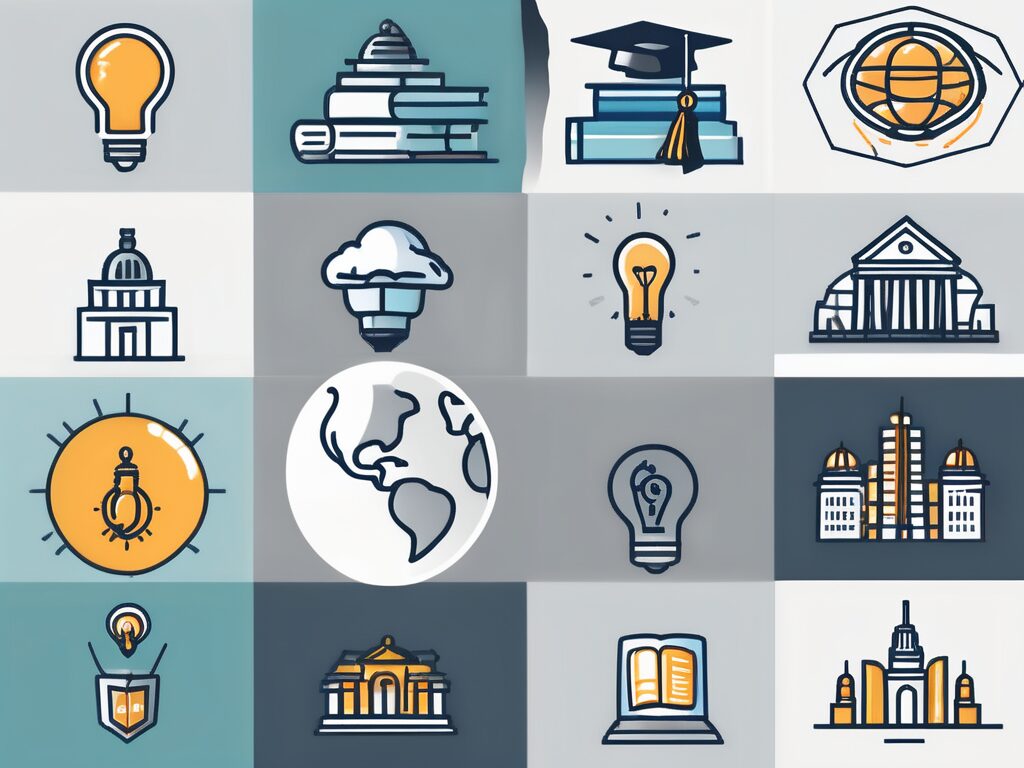In the ever-evolving landscape of education, it’s crucial for educators to stay abreast of the latest teaching methods. This is particularly true for those who have pursued a Master’s in Education in Malaysia, a country with a rapidly developing education system. This article delves into four modern teaching methods that are reshaping the way we approach education.
1. Flipped Classroom
The flipped classroom is a teaching method that turns the traditional classroom structure on its head. Instead of introducing new concepts in class and assigning homework to reinforce those concepts, the flipped classroom model encourages students to learn new material at home and use class time for discussion and application.
This method allows students to learn at their own pace, ensuring they fully understand a concept before moving on. It also encourages active learning, as class time is used for discussion, problem-solving, and collaborative work.
For educators with a Master’s in Education, implementing a flipped classroom can be a game-changer. It allows for more personalised instruction and can lead to increased student engagement and better learning outcomes.
Comparison with Traditional Classroom
Unlike the traditional classroom where the teacher is the primary source of knowledge, the flipped classroom places the onus of learning on the students. It’s akin to shifting from a lecture-based model to a workshop model, where students are active participants in their learning journey.
2. Gamification
Another innovative teaching method is gamification, which involves using game elements in non-game contexts. In education, this could mean using points, badges, leaderboards, and other game mechanics to motivate students and enhance learning.
Research has shown that gamification can increase student engagement and motivation. It makes learning fun and interactive, which can lead to better retention of information. For educators, it’s a creative way to make lessons more engaging and to motivate students to participate actively.
With a Master’s in Education, educators can effectively incorporate gamification into their teaching methods, creating an engaging and dynamic learning environment.
Comparison with Traditional Teaching Methods
Unlike traditional teaching methods that can often be one-dimensional and passive, gamification introduces an element of fun and competition into the learning process. It’s like comparing a textbook to a video game; both can be educational, but one is likely to be more engaging and enjoyable for students.
3. Project-Based Learning
Project-based learning is a student-centred pedagogy that involves students working on a project over an extended period of time. This could involve solving a real-world problem or completing a complex task, which culminates in a final product or presentation.
This teaching method promotes deep learning and helps students develop critical thinking, problem-solving, and collaboration skills. It’s a hands-on approach that can make learning more relevant and engaging for students.
For educators with a Master’s in Education, project-based learning offers a way to integrate multiple subjects into one project, fostering interdisciplinary learning and encouraging students to make connections between different areas of study.
Comparison with Traditional Teaching Methods
Compared to traditional teaching methods that often focus on rote memorisation, project-based learning is more dynamic and interactive. It’s like comparing a lecture to a group project; the latter involves more active participation and can lead to deeper understanding and better retention of information.
4. Blended Learning
Blended learning is a teaching method that combines online digital media with traditional classroom methods. It requires the physical presence of both teacher and student, with some element of student control over time, place, path, or pace.
Blended learning offers the best of both worlds. It combines the benefits of digital learning, such as flexibility and personalised instruction, with the advantages of face-to-face instruction, such as immediate feedback and social interaction.
With a Master’s in Education, educators can effectively implement a blended learning approach, leveraging technology to enhance learning and cater to the diverse needs of their students.
Comparison with Traditional Classroom Learning
Unlike traditional classroom learning that is confined to a specific time and place, blended learning offers more flexibility. It’s like comparing a regular classroom to a virtual one; the latter provides more freedom for students to learn at their own pace and in their own time, while still benefiting from face-to-face interaction with the teacher.
In conclusion, these four modern teaching methods offer innovative ways to engage students and enhance learning. For educators with a Master’s in Education in Malaysia, these techniques provide exciting opportunities to transform the learning experience and prepare students for the challenges of the 21st century.
Advance Your Teaching Career with iQTS at UWE
As you explore modern teaching methods to elevate your educational impact, consider the International Qualified Teacher Status (iQTS) programme at The IQTS at UWE. This Level 7 qualification is designed to address the challenges educators face, such as meeting international qualification standards, career progression, professional isolation, and understanding global education systems. With the iQTS programme, you can join the ranks of educators who have seen a 50% increase in interview callbacks, a 45% rise in promotion rates, and a 30% salary boost. Plus, you’ll expand your professional network and become more adaptable to various curricula. Embrace the opportunity to balance your professional development with your current commitments through our flexible online study options. Make Your Next Step towards a transformative career in education with the iQTS programme.

